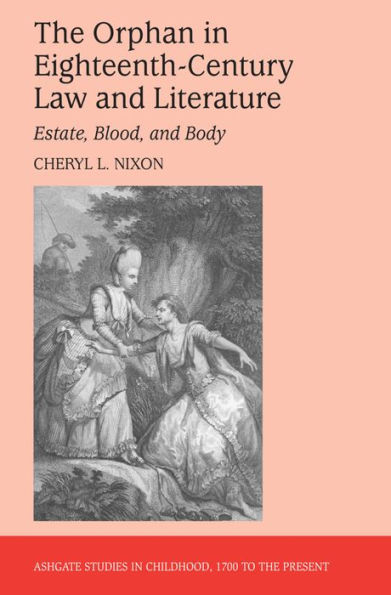5
1
9780754664246


The Orphan in Eighteenth-Century Law and Literature: Estate, Blood, and Body / Edition 1 available in Hardcover

The Orphan in Eighteenth-Century Law and Literature: Estate, Blood, and Body / Edition 1
- ISBN-10:
- 0754664244
- ISBN-13:
- 9780754664246
- Pub. Date:
- 04/28/2011
- Publisher:
- Taylor & Francis
- ISBN-10:
- 0754664244
- ISBN-13:
- 9780754664246
- Pub. Date:
- 04/28/2011
- Publisher:
- Taylor & Francis
200.0
In Stock

Product Details
| ISBN-13: | 9780754664246 |
|---|---|
| Publisher: | Taylor & Francis |
| Publication date: | 04/28/2011 |
| Series: | Studies in Childhood, 1700 to the Present |
| Pages: | 302 |
| Product dimensions: | 6.40(w) x 9.30(h) x 1.10(d) |
About the Author
From the B&N Reads Blog
